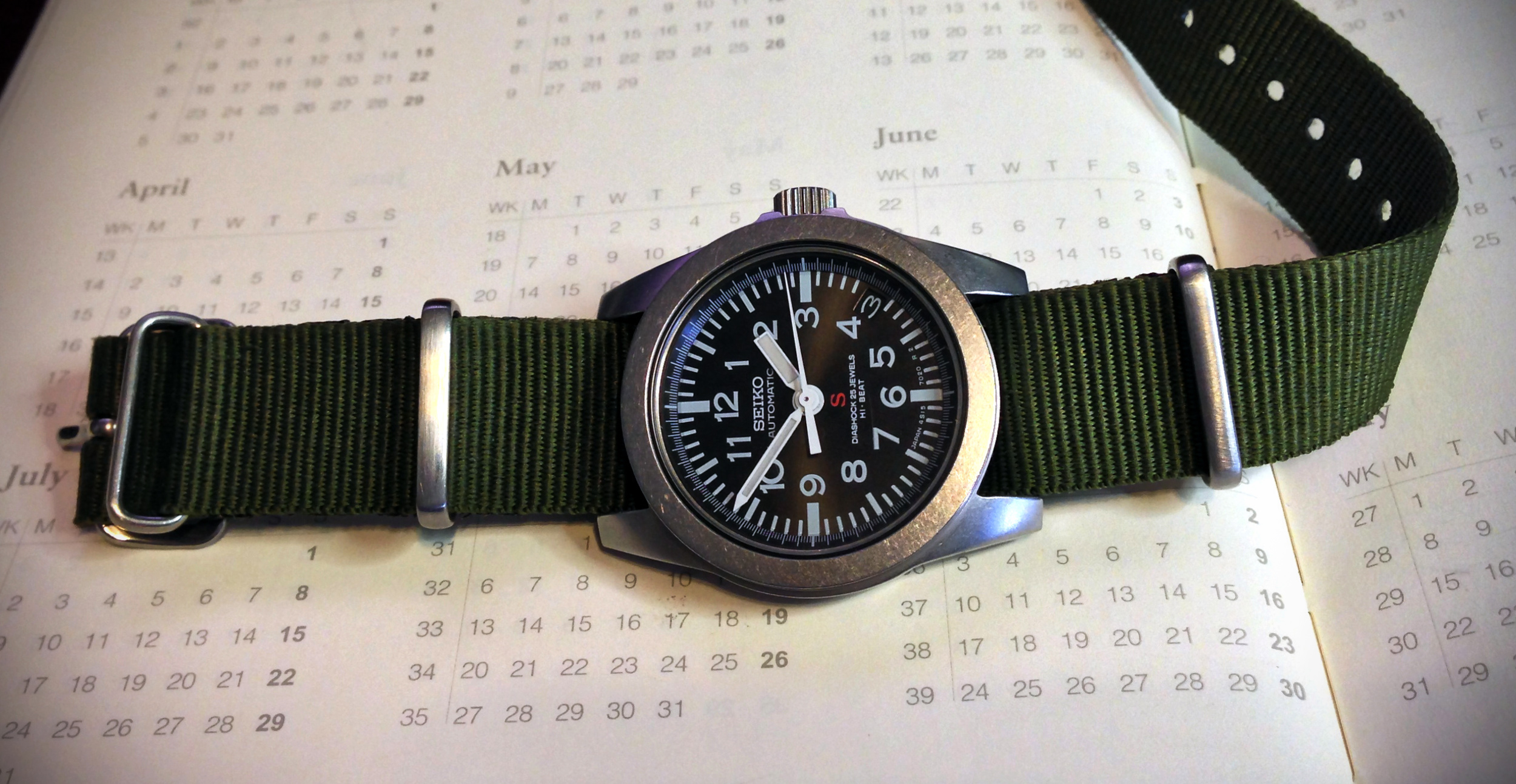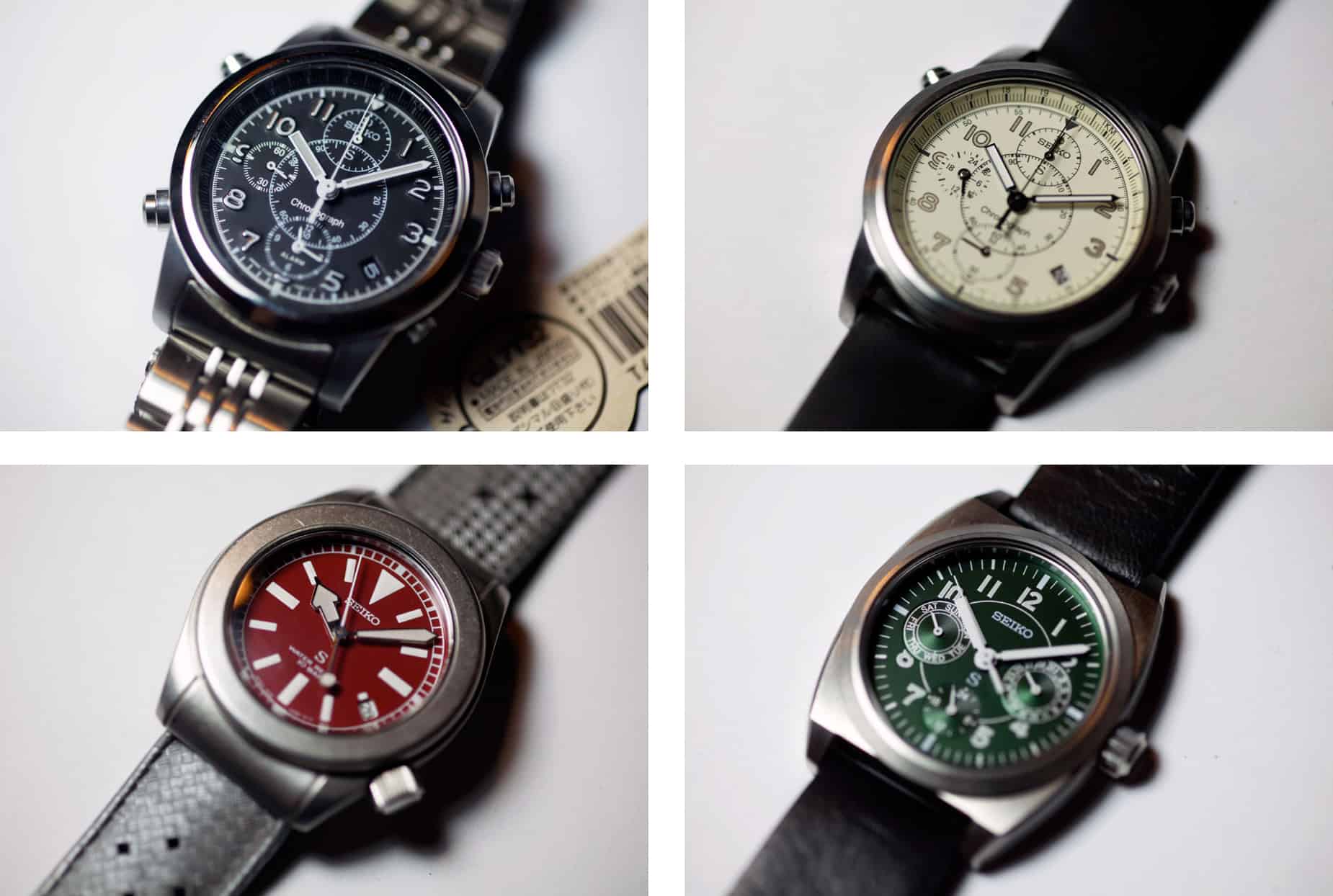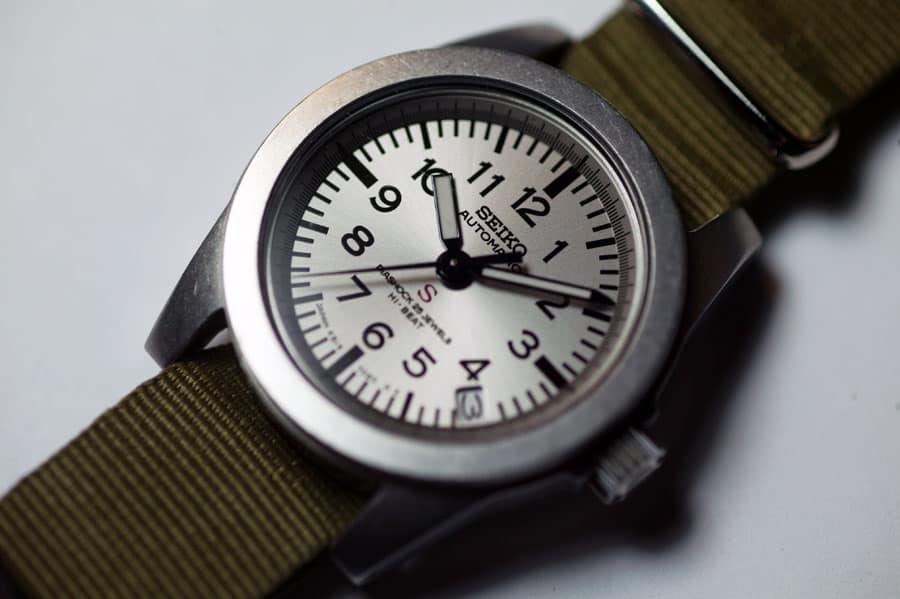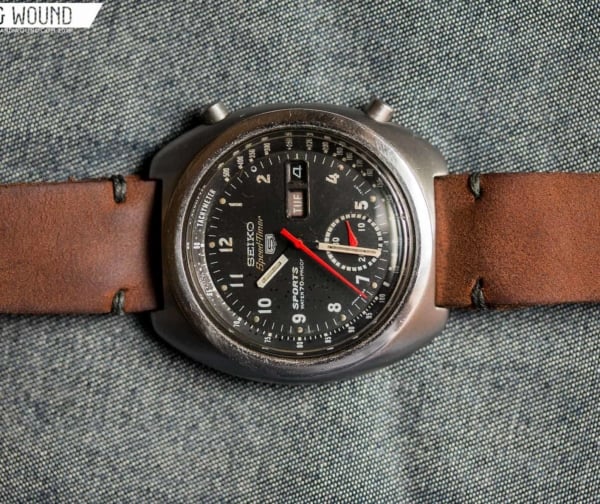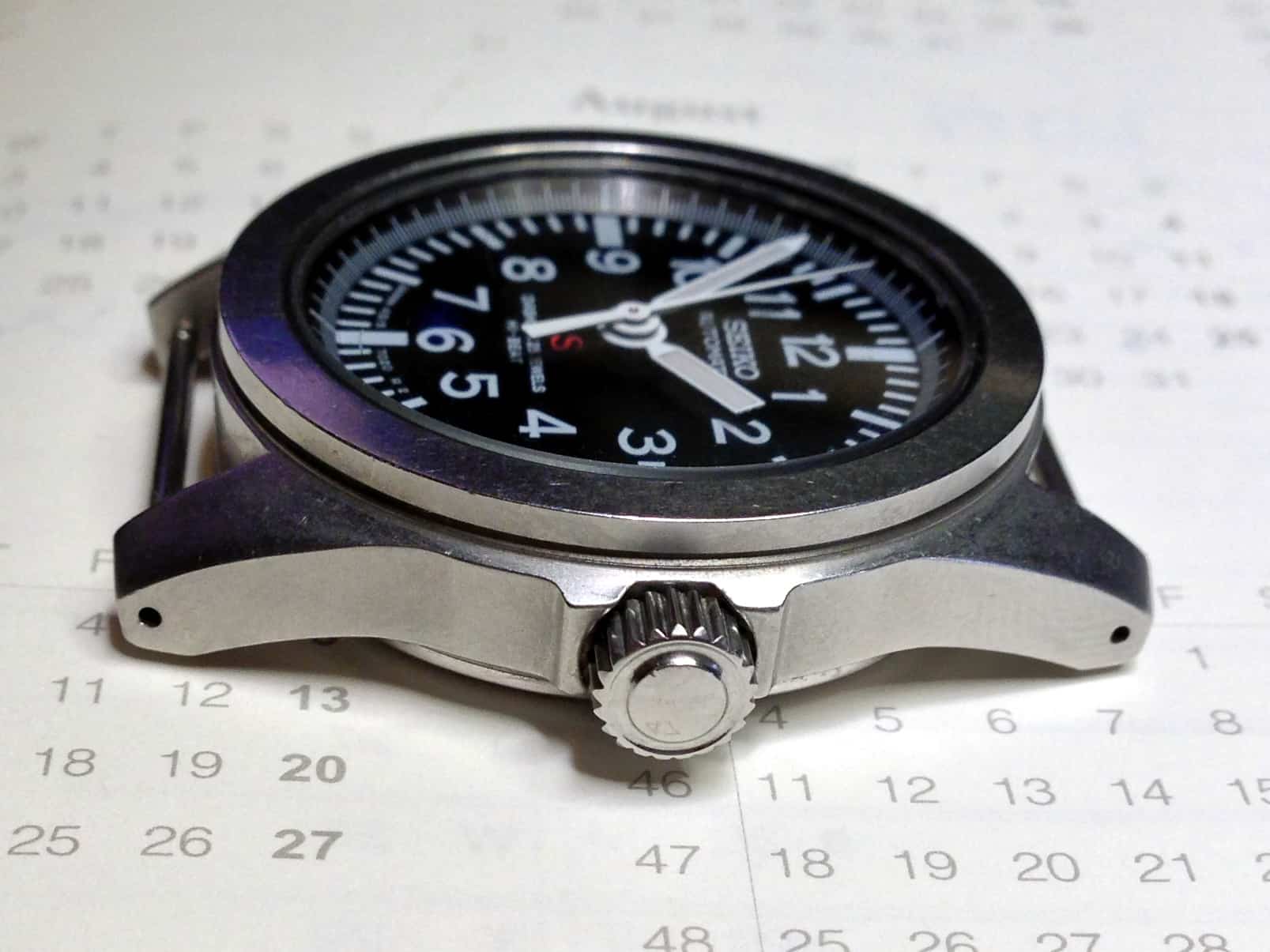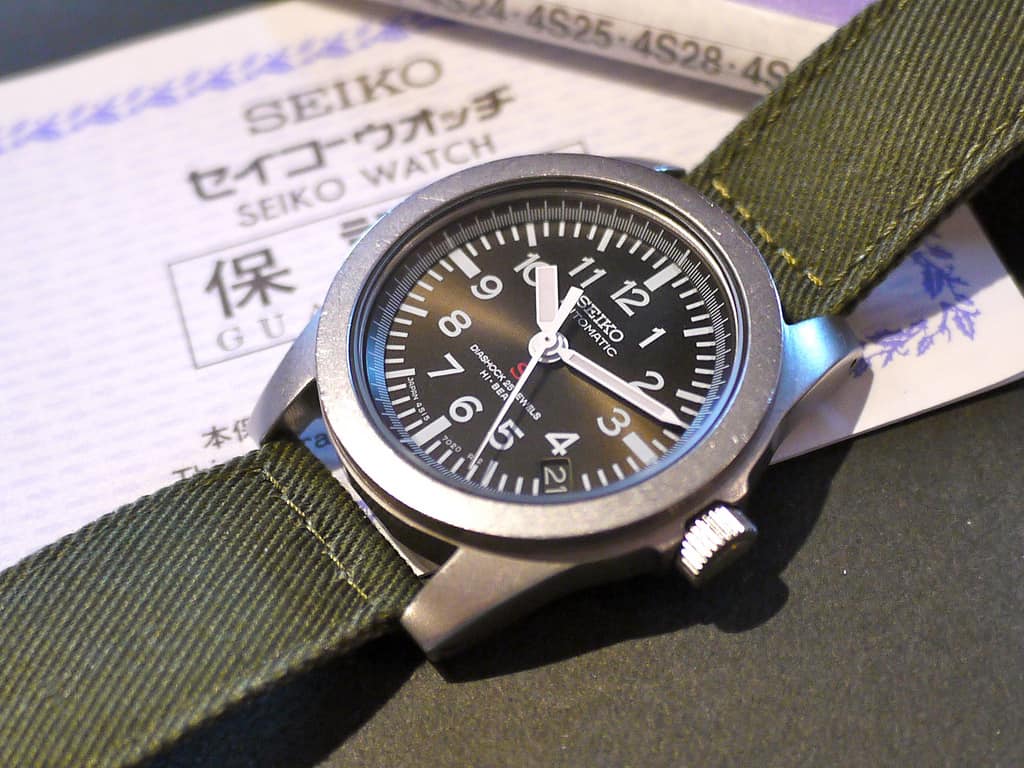Around 1991 or early ’92, Seiko’s top brass felt that there was a disconnect between the products the brand was putting out and what younger consumers actually wanted. From that problem came the SUS project (SUS meaning “Simple” and “Strong,” with the “U” uniting the two), an attempt by Seiko to create a line of analog watches that would appeal to young adults who were weaned on digital watches.
Seiko tasked two young engineers to spearhead the SUS project–Chitoshi Funamoto and Atsushiko Matsuno. To gauge the interests of their target demographic, the SUS team conducted numerous surveys on young adults between the ages of 19 and 22, showing them pictures of Seiko watches from 1913 through the early to ’90s. Their preference? The minimalist, utilitarian designs of Seiko’s wartime watches. Using what they learned, the team set off to design the SUS series.
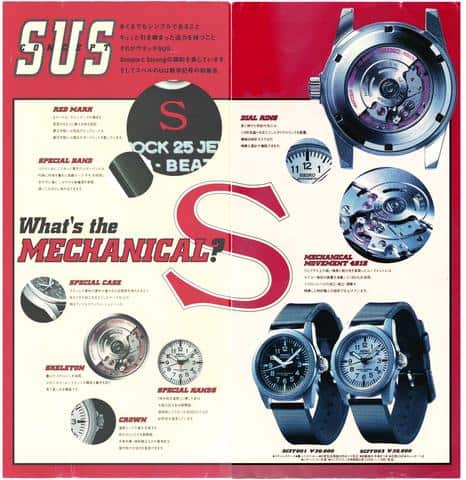









 Featured Videos
Featured Videos




